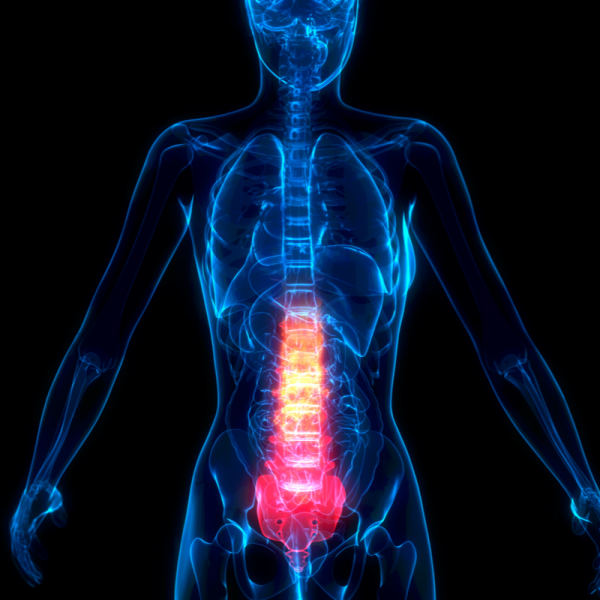
What is a perineural cyst?
A perineural cyst is a cerebrospinal fluid-filled protrusion at the exit of the spinal canal and is a rare condition. A perineural cyst can occur singly or in multiples and is due to a pressure imbalance in the CSF space.
What are the causes for the development of a perineural cyst?
If there is a pressure imbalance in the CSF space, a perineural cyst can develop. The cause of this disturbed pressure ratio can be arachnoiditis. This is a chronic inflammation of the arachnoid, the so-called cobweb skin, the middle of the three meninges. The cerebrospinal fluid space is enclosed by the arachnoid membrane and normally seals it tightly. However, if there is chronic inflammation of the arachnoid, scar tissue develops which can stick together the nerves. This leads to a disturbance of the cerebrospinal fluid flow, throwing the system out of balance.
What are the symptoms of a perineural cyst?
Depending on the size of the perineural cyst, various symptoms can occur, which can be similar to those of other degenerative diseases of the spine, such as spondylolisthesis or a slipped disc. The most common symptoms include:
- Pain in the lower back, which may even extend into the buttocks and/or legs,
- a disturbed sense of temperature,
- a tingling sensation that can travel from the lower abdomen and back to the feet,
- Weakness in the legs
How is a perineural cyst diagnosed?
In most cases, a perineural cyst is diagnosed by chance if there have been no previous symptoms. The usual imaging methods can be used for diagnosis. Magnetic resonance imaging (MRI) can be used to visualise the perineural cyst by examining the lumbar spine.
How is a perineural cyst treated?
The treatment of the perineural cyst is usually aimed at eliminating the cause of the cyst's development, i.e. the disturbed pressure ratio. This can be achieved by surgery, for example. Either the cyst fistulas are closed or the cavities in the OS sacrum are filled by means of a fat graft.
Drainage of the cyst is also possible. In this case, the cyst is carefully separated from the surrounding tissue and the fluid is cut out. If the cyst does not drain spontaneously, it can be drained and patched with a biosynthetic dural patch. This is a procedure that was first performed in the USA and then spread to Europe.
| Pathogen | Source | Members - Area |
|---|---|---|
| Perineural cysts | EDTFL | As a NLS member you have direct access to these frequency lists |
